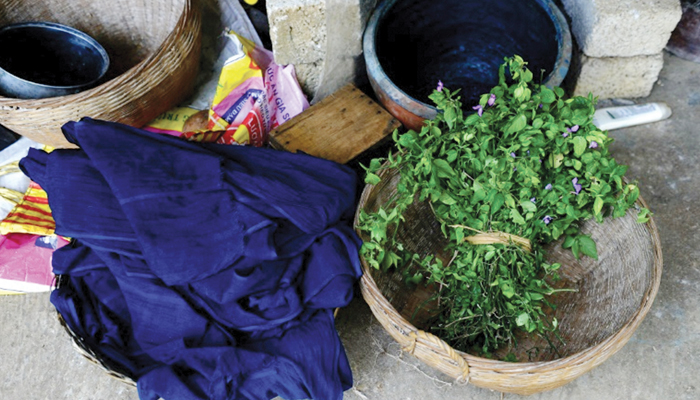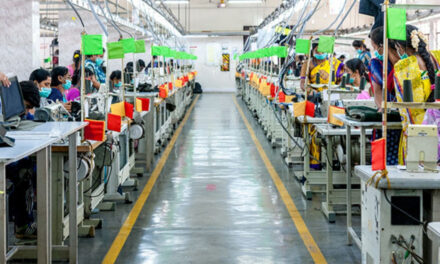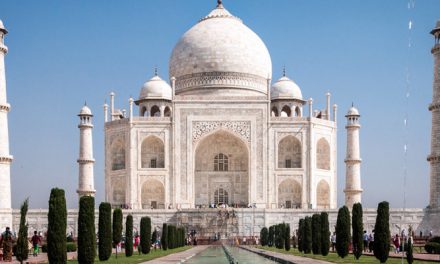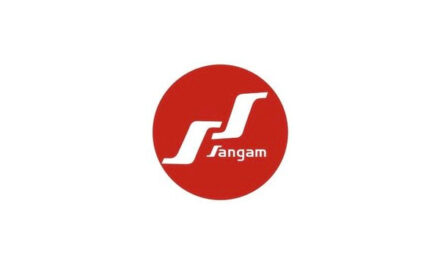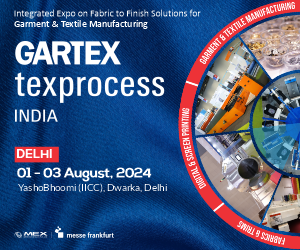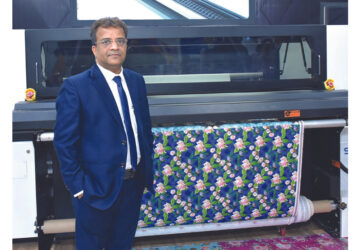Researchers from the University of California have developed a sustainable dyeing strategy that eliminates the need for chemical reducing agent for dye solubilization. The process combines an enzyme with lab grown E. coli bacteria, which helps stabilise an indigo precursor molecule, indoxyl, by adding it to a sugar molecule. When added to bacteria, the enzyme is turned into indican, a precursor of indigo. Indican can be stored and transformed into indigo directly on the cloth when dyeing by adding a different enzyme to the mix.
Chemistry World reported that to dye white denim cloth, the researchers sprayed it with indican solution and then dipped it into a solution of the glucosidase enzyme. After removal, the indoxyl spontaneously oxidizes to indigo.The cloth isn’t as deep blue as that made by the conventional indigo dyeing process, but a deeper shade could be produced by repeated rounds of dyeing.
The lab is working to make the process commercially viable. John Dueber, a researcher from the University of California, said that the current process is too costly for industry production. However, he’s hopeful that there’ll soon be ways to drive down the cost, particular the cost of the glucosidase enzyme.
“This class of enzyme is already mass produced from filamentous fungi, so we are hopeful we could use such a system for producing a highly active glucosidase at low cost,” Dueber said. Although the bio-produced indigo dye will likely be more expensive than the chemically synthesized indigo, Dueber said the goal is to make it competitive.
The denim supply chain has been investing in sustainable indigo dyeing solutions. Wrangler is among the brands investing in Indigo Zero, a new foam-dyeing technology by Indigo Mill Designs. The foam-dyeing process is said to reduce chemical usage while producing equal—or even better— dye quality compared to the typical dye processes.
Meanwhile, Artistic Milliners partnered with DyStar to develop Crystal Clear, a new indigo dyeing process that uses an organic fixing agent that requires no salt and 70 per cent less chemicals. The hydro-free dye process leaves clean and recyclable water effluent without any salt by-products.
